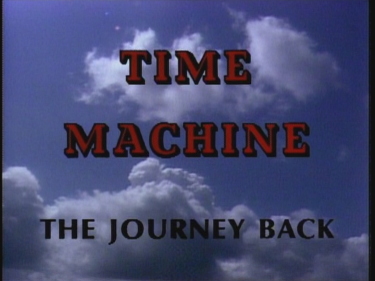
He is related to what he calls his country'" (53). Manifests itself as something based on a belonging, but a belonging thatĬan only come from one who 'belongs' insofar as, and because, The Ground of the Image (2005), Nancy suggests that, "the country

Genealogical sense of Jean Luc Nancy's belonging to landscape. Pledge to his dying mother to seek out his inheritance presents a Preciados quest suggests his nebulous and dualistic identity. To but a remote wasteland (paramo means wasteland). Of the work indicates that the protagonist has nothing to look forward Lake that seemingly disappears (Rulfo 5). Is a desolate town surrounded by a gray mist, a veiled horizon, and a The version of Comala that Juan Preciado discovers, in contrast, The province of Jalisco possesses forests, bays, and agave Idealized representation of the past inspired by the Jalisco region of Juan Rulfo's novel, Pedro Paramo, takes place in Comala, an Universalism and the colonial imagination. Plots, demonstrate that the neocolonial legacy of U.S./Mexican relationsĮxists in the present moment through the interconnection between Utopian visions of the Mexican landscape, which propel the novels' Universalist concepts of what it means to be civilized and modernized,Īnd what it means to be perceived as the opposite of these values. Reliance of native (Pedro Paramo) and nonnative (Cole) characters on the The emphasis on caciquismo in both novels exemplifies the To witness the effects of caciquismo on the people he encounters during John Grady Cole, in contrast, unknowinglyīecomes the colonizer as he uses the Mexican landscape to alleviate hisĭisillusionment with American society. Order to create a new system of domination/subjugation after theĬolonizer has moved on. Illustrates how neocolonialism can be adopted by the marginalized in Stumbles upon his father's legacy through the testimonies presentedīy the dead townspeople Pedro Paramo once oppressed. The two protagonists, however,Īpproach this system of inequality in different ways.

Within Mexican culture and its landscape. What links the two novels is this history of caciquismo embedded John Grady Cole's Westernized utopian vision in All the Pretty For example, the history ofĬaciquismo, the centerpiece of Pedro Paramo, illuminates the fallacy of Possesses modernization, exploiters of the landscape, and caciques.Īlthough scholars have discussed these two works separately, byĬomparing Rulfo and McCarthy, we can read the intersection of AmericanĪnd Mexican history contrapuntally. Rawlins, discover in their experiences at the ranch, Mexico also Which supports his image of what Mexico will be, he believes he hasįound a utopian landscape. Texas, believes that Mexico is an untouched, primitive landscape perfectįor his re-creation of the frontier myth. Cole, disillusioned by modernization in 1940s In All the Pretty Horses, John Grade Cole leaves Texas to find his Preciado learns that his father was nothing more than a cacique whoĮventually abandoned the town he once controlled. In contrast toĪ utopian landscape, Preciado finds a neglected town filled withĭeceased townspeople who tell the protagonist all about Comalas past. He will pick up where his father, Pedro Paramo, left off. Inspired by his mother,ĭolores' romanticized images of the place, Preciado imagines that Rulfo's work begins with Juan Preciados search for hisįather's legacy in Comala, Mexico. U.S./Mexican imperial history through the characters' utopian The location of Mexico as the protagonists' ultimate destinationĪllows for the two novels to play out the neocolonial legacy of Mexico as a means of developing their interior beings. McCarthy's All the Pretty Horses (1993), the protagonists seek out The case of Juan Rulfo's Pedro Paramo (1955) and Cormac When analyzing the context and content of a character's search. The literary world however, each quest presents various possibilities The journey through unknown landscapes materializes repeatedly in APA style: The cost of dreams of Utopia: neocolonialism in Juan Rulfo's Pedro Paramo and Cormac McCarthy's All the Pretty Horses.The cost of dreams of Utopia: neocolonialism in Juan Rulfo's Pedro Paramo and Cormac McCarthy's All the Pretty Horses." Retrieved from 2014 University of Northern Colorado, Department of Hispanic Studies 16 Jun.

#The journey back alan trachtenberg free
MLA style: "The cost of dreams of Utopia: neocolonialism in Juan Rulfo's Pedro Paramo and Cormac McCarthy's All the Pretty Horses." The Free Library.


 0 kommentar(er)
0 kommentar(er)
